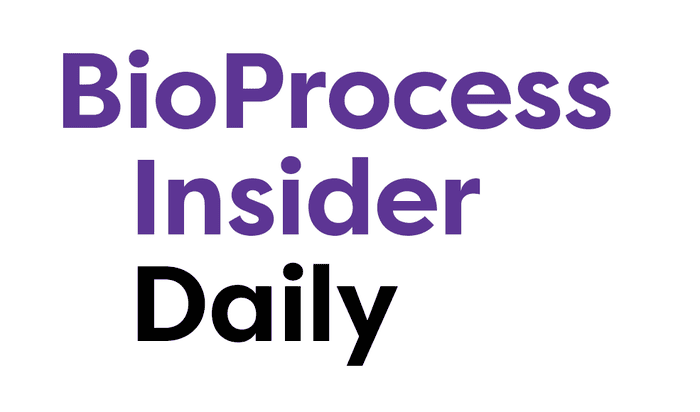
Our BioProcess Insider editorial team is at BPI Europe 2024 to bring you some of the most pertinent coverage from across the conference hall and exhibition floor here in Vienna.
Follow our coverage throughout the event!
Novartis talks the five ‘must haves’ of manufacturing successNovartis talks the five ‘must haves’ of manufacturing success
Quality and compliance, customer service levels, financials, health and safety, and environmental sustainability are key to multi-modality manufacturing success, Novartis says.

Swiss pharma giant Novartis has been streamlining its manufacturing footprint over the past few years, going from a network of over 70 sites just five or six years ago, to one comprising 33: Six large molecule, three fill/finish, 15 small molecule, three cell and gene therapy, and six radioligand.
Modality aside, the strategy for success remains the same, Steffen Lang, president of operations at Novartis, told delegates at BPI Europe in Vienna, Austria. They are all measured under Novartis’ five key success factors aimed at delivering high-quality medicines to patients globally: Quality and compliance, customer service levels, financials, health and safety, and environmental sustainability.
For biologics production at scale, he said the firm boasts high success rates and excellent health authority inspection track records bolstered by automation inspection tech and electronic batch documentation, and close to 100% customer service levels aided by fast throughput time and high batch success rates. Furthermore, the division is financially robust – monoclonal antibody Cosentyx (secukinumab), for example, pulled in $5 billion last year.
Similarly in the CGT space, where Novartis is a pioneer through the 2017 breakthrough of CAR-T drug Kymriah (tisagenlecleucel), all five success factors are fulfilled. Regarding customer service levels, for example, Lang said Kymriah had a 100% success rate and a vein-to-door time of 20 days. The firm’s next-generation of cell therapies based on the T-Charge platform also has 100% record, but with a vein-to-door time of just nine days.
To ensure these consistently high metrics, Novartis has homed in on implementing technology platforms across its operations. Specifically, Novartis is using automation, robotics, and AI to boost innovation and efficiency. “The advent of generative AI will further boost our excellence in biopharmaceutical manufacturing,” he said. “It aids end to end supply network visibility, yield optimization, and solutions for faster information access and document creation.”
These standards and expectations extend beyond Novartis’ own network – “[We] look at the five key outcomes for choosing vendors. For environmental sustainability, for example, Novartis has a defined path to net zero across all its operations and – like some of its peers – expects similar from its partners.
“The industry has to be ready [to be carbon neutral by 2030],” Lang said in a Q&A after his presentation, stressing how it is one of Novartis’ manufacturing “must haves” and part of its supply selection. However, he did note this “requires significant investment” and “will be a long journey.”
Despite this, Lang’s positivity for the sector enraptured the BPI Europe audience. “I’ve never seen a time when manufacturing was at the forefront of bringing drugs to the patient so effectively,” he concluded. “It’s a very exciting time to be in this industry.”
About the Author
You May Also Like
schedl_b_and_w.jpg?width=100&auto=webp&quality=80&disable=upscale)
schedl_b_and_w.jpg?width=400&auto=webp&quality=80&disable=upscale)






